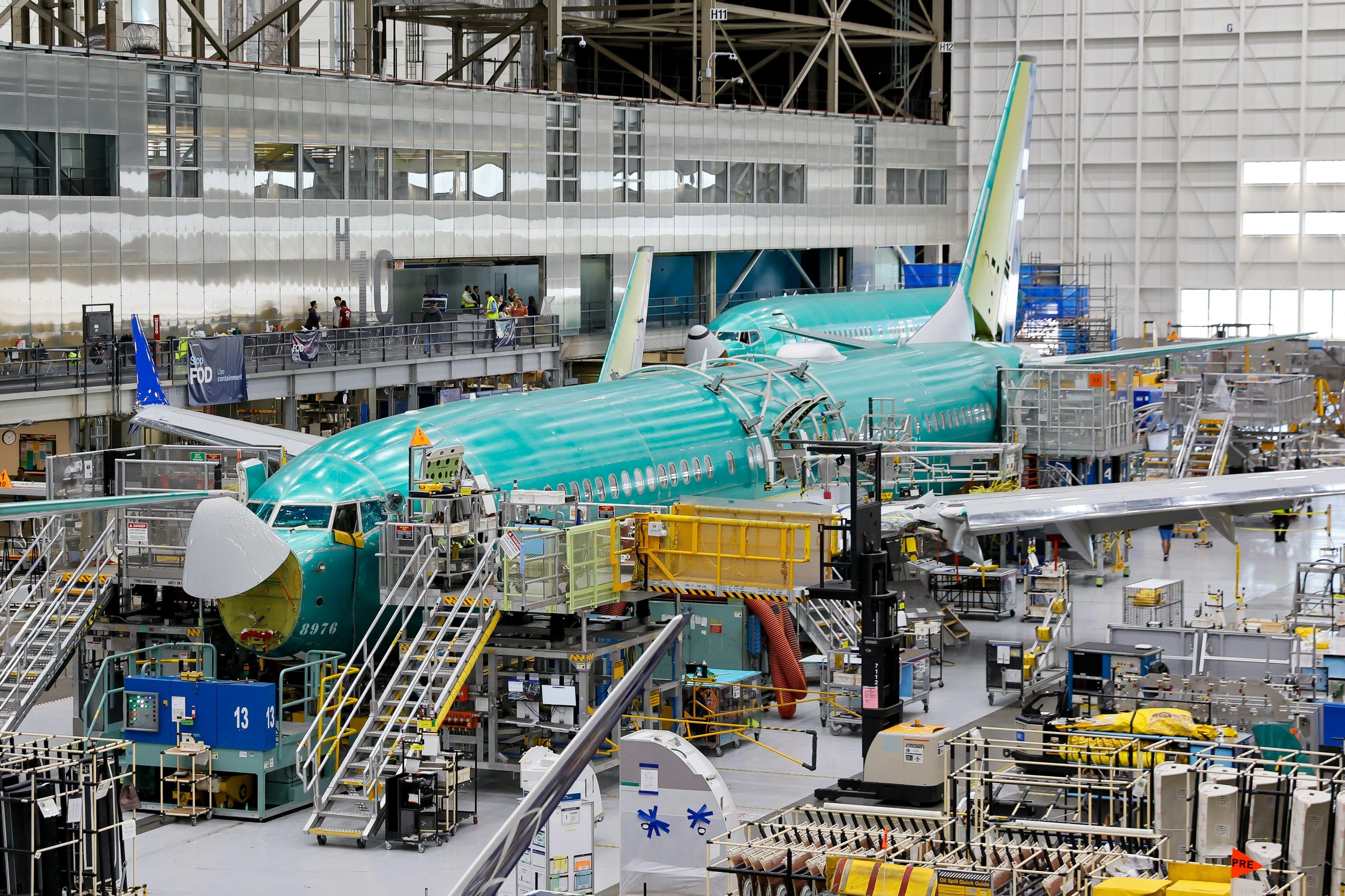
AeroGenie — Seu copiloto inteligente.
Tendências
Categories
How Jet Engines Are Tested for Bird Strike Resistance
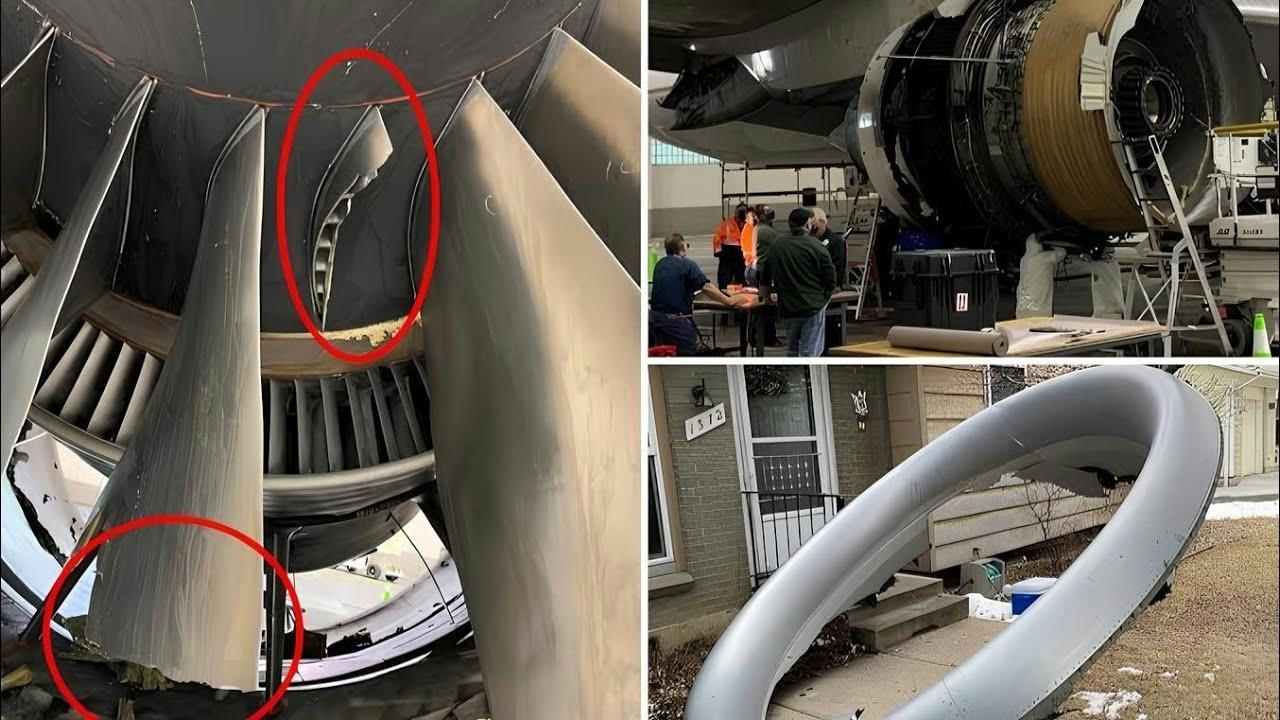
How Jet Engines Are Tested for Bird Strike Resistance
The Threat of Bird Strikes to Aviation Safety
Jet engines are designed to endure some of the most extreme conditions encountered in aviation, including freezing temperatures at high altitudes and the ingestion of rain, hail, or volcanic ash. Despite these robust engineering measures, bird strikes remain a particularly unpredictable and hazardous threat to aircraft safety. While most bird encounters cause minimal or no damage, collisions involving large birds or flocks can escalate into serious emergencies, potentially jeopardizing the safety of flights.
Bird strikes predominantly occur during takeoff, landing, or low-altitude flight below 3,000 feet, where bird activity is most concentrated. The U.S. Federal Aviation Administration (FAA) reports over 17,000 bird strikes annually within the United States alone, imposing costs exceeding $1 billion each year on the global airline industry through repairs, delays, and operational disruptions. The impact force generated by a bird collision can be immense; for instance, a 3.6-kilogram bird striking an aircraft at 250 knots can exert over 25 tons of force, sufficient to cause severe damage to engines or airframes. Even small fragments ingested by jet engines rotating at thousands of revolutions per minute can initiate cascading mechanical failures.
Certification Standards and Testing Protocols
To address these risks, civil aviation authorities such as the FAA and the European Union Aviation Safety Agency (EASA) have implemented stringent certification standards. Regulations including 14 CFR Part 33.77 and EASA CS-E 800 mandate that engine manufacturers demonstrate their engines’ ability to withstand bird ingestion without catastrophic failure. Testing protocols vary according to bird size and weight.
For small birds weighing approximately 0.85 kilograms, engines undergo up to sixteen ingestion tests and must sustain declining thrust for at least twenty minutes following impact. Medium-sized birds, around 1.15 kilograms, require up to seven ingestion tests, with engines maintaining usable thrust for a minimum of twenty minutes post-collision. Large birds, ranging from 1.8 to 3.65 kilograms, are subjected to single ingestion tests, during which engines must avoid fire or uncontained failure and sustain at least 50 percent thrust for fourteen minutes. These tests are conducted under takeoff conditions, when engines operate at maximum thrust and are most susceptible to damage.
Engineering Challenges and Industry Innovations
Testing jet engines for bird strike resistance presents considerable engineering challenges. Designers must ensure that engines can absorb high-speed impacts without failing or releasing toxic fumes into the aircraft cabin. These technical complexities often lead to increased regulatory scrutiny and can contribute to delays in aircraft deliveries, sometimes exacerbated by supply chain constraints.
In response, leading engine manufacturers such as Pratt & Whitney, GE Aerospace, and Honeywell are investing heavily in advanced testing technologies and innovative design solutions. Their efforts focus on developing more resilient engines capable of withstanding bird strikes more effectively. These initiatives not only fulfill regulatory requirements but also reflect a broader industry commitment to enhancing safety and reliability in commercial aviation.
Through rigorous testing and ongoing innovation, the aviation industry strives to ensure that jet engines remain robust against unexpected bird strikes, thereby safeguarding passengers and maintaining operational integrity.
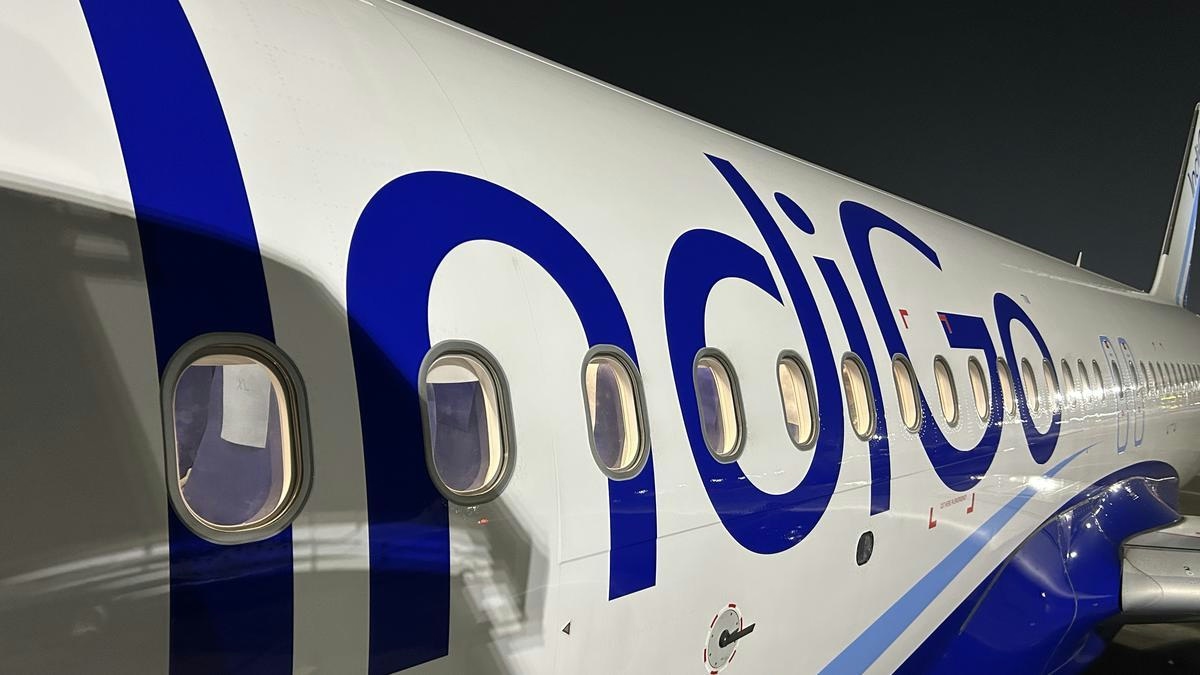
IndiGo to Deploy Wide-Body Aircraft on Vijayawada-Hyderabad Route, Says MP
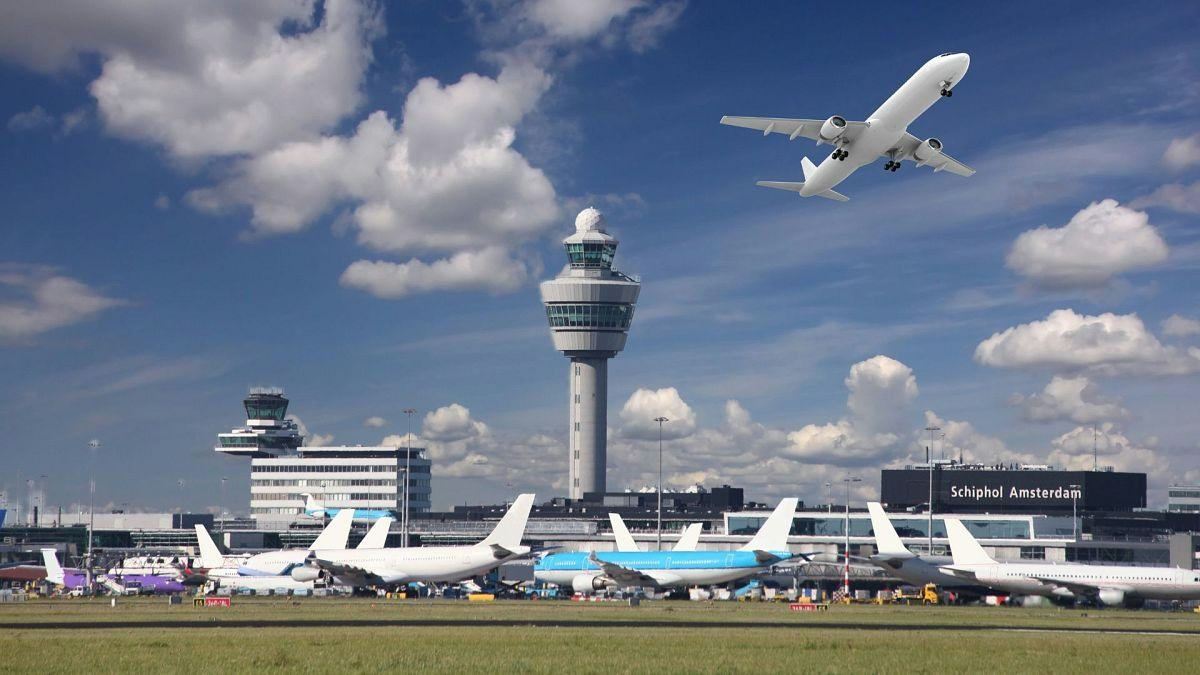
Europe Unveils New Aviation Strategy to Promote Cleaner, Faster Flights
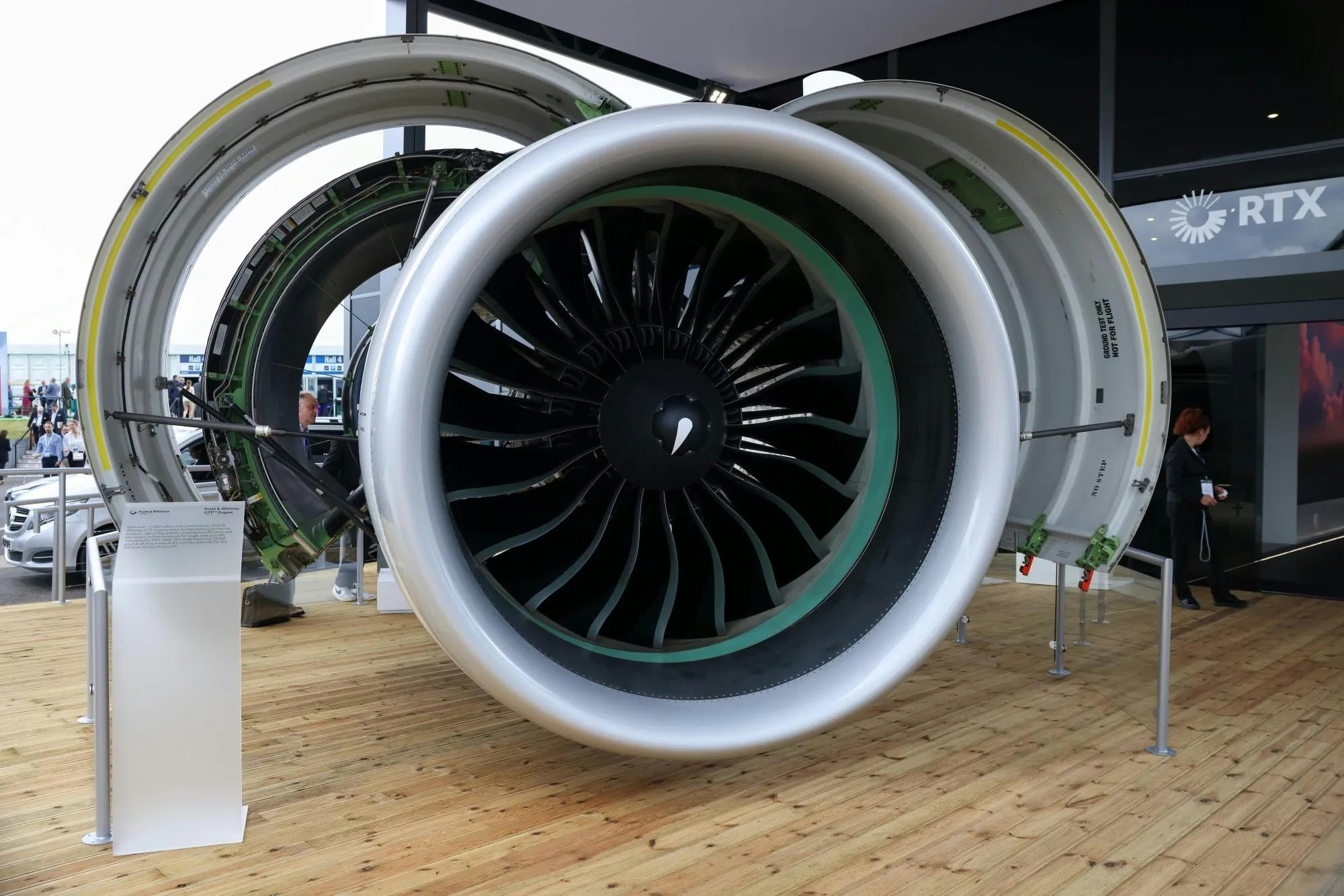
Spirit Signs Agreement with Pratt & Whitney Units on Aircraft Engines

ADB SAFEGATE Receives Industry Awards for Marketing, R&D, and Social Impact

GA Telesis Secures Five-Year Landing Gear Overhaul Agreement with Major U.S. Carrier

Government Strengthens Aviation Safety Framework Amid AI-171 Investigation
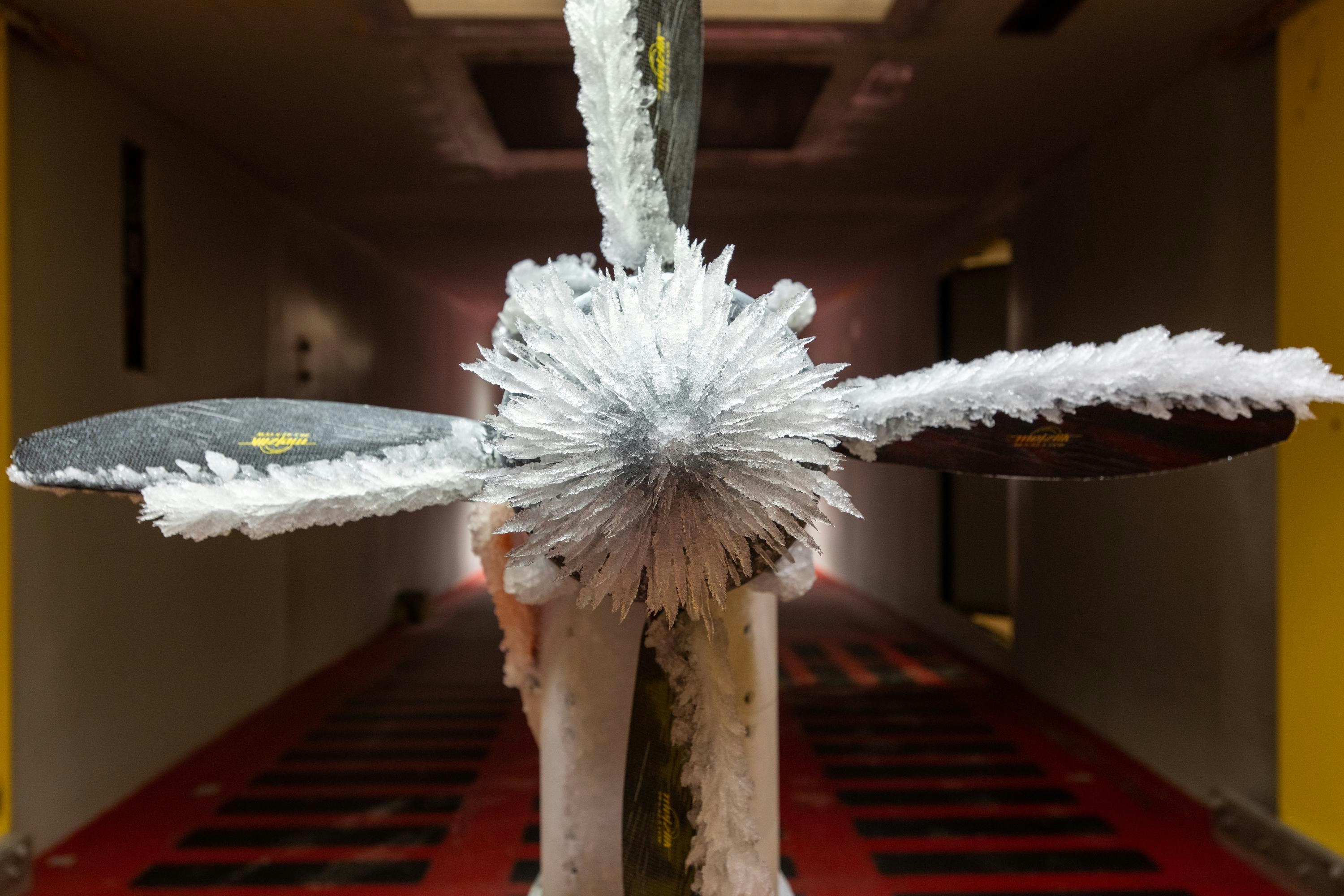
NASA Software Raises Bar for Aircraft Icing Research

Dans and Emirates Aviation University Partner on AI Air Traffic Management Research
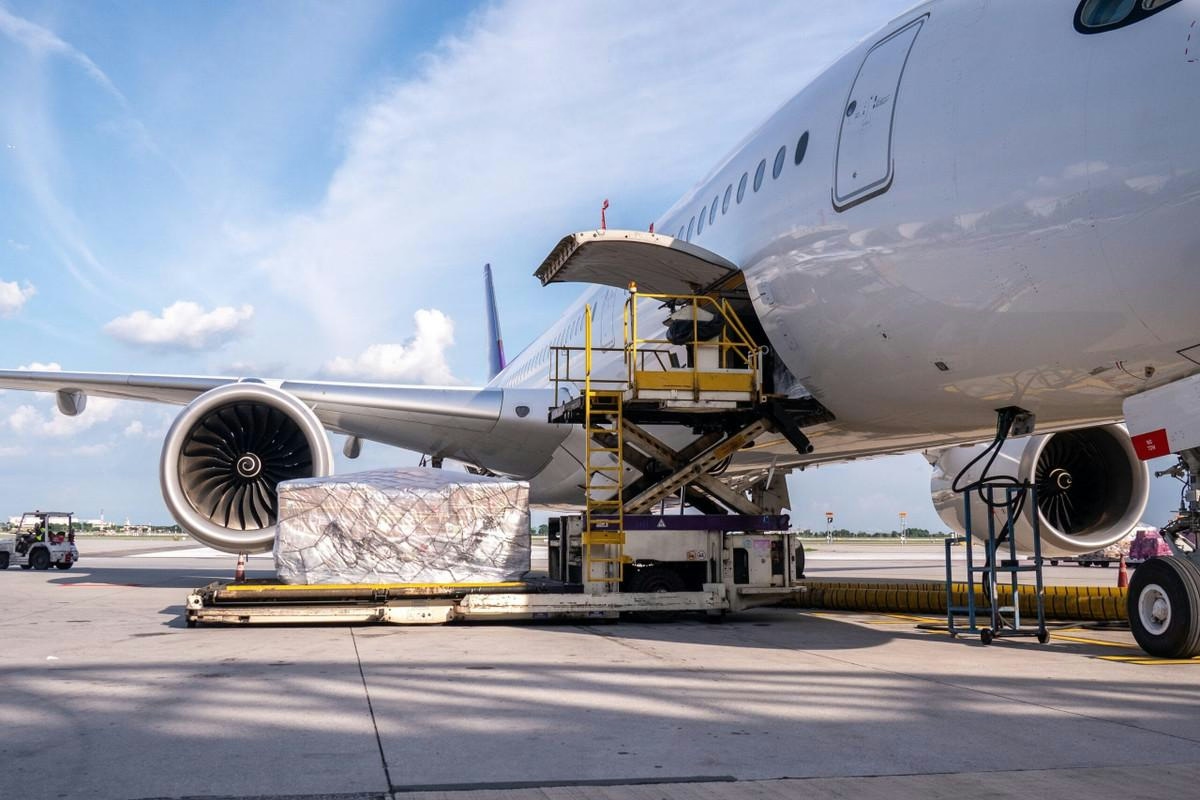
Nigus and AXISCADES to Develop Nigeria’s First Major Aviation MRO Hub
